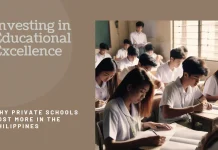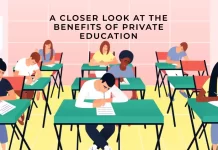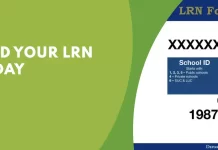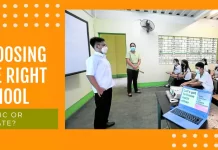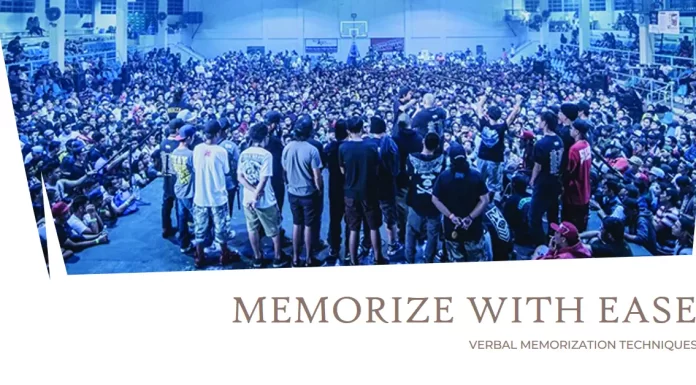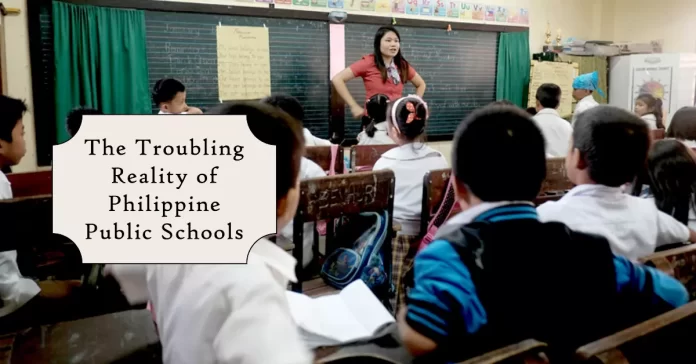
Education is a cornerstone of a better future. It’s the path to empowerment, enlightenment, and opportunity. But what happens when the institutions responsible for providing this vital resource face deep-rooted problems? In the Philippines, the reality of public schools paints a concerning picture, and it’s high time we take a closer look.
Underfunding
Underfunding is currently one of the most pressing issues in Philippine public schools, where the lack of necessary resources, from textbooks to basic infrastructure, often forces students and teachers to cope with insufficient resources, directly affecting the quality of education.
Overcrowded Classrooms
Imagine concentrating on a lesson in a packed classroom filled with students. That’s the daily struggle in many public schools in the Philippines, where overcrowded classrooms hinder effective learning. It’s challenging for both teachers to manage and students to concentrate in such an environment.
Teacher Engagement
Another issue that deserves attention is the lack of enthusiasm displayed by some teachers. While many educators are dedicated and passionate about their work, there are instances where teachers appear overly relaxed in the classroom.
This lack of engagement can affect the quality of education provided to students. Furthermore, there are cases where teachers leave their classrooms to engage in conversations with their colleagues, leaving students unsupervised. These issues underscore the need for continuous professional development and support for teachers to ensure that every child receives a quality education.
Quality Education at Risk
Qualified teachers are the heart of education. But in the Philippines, many public schools face a shortage of skilled educators. This shortage diminishes education quality and limits students’ potential.
Inadequate Facilities
The sorry state of facilities in some public schools is alarming. It’s not uncommon to find schools with broken chairs, leaky roofs, and outdated equipment. These subpar conditions make it difficult for teachers and students to perform their best.
Access to Quality Education
Education should be accessible to all, but many children in the Philippines still face barriers to getting a quality education. Remote areas often lack schools, and even when schools are available, the quality may be lacking.
Solutions and Hope
It’s not all doom and gloom. The government and various organizations are actively working to address these problems. Initiatives to increase funding, improve infrastructure, and recruit more teachers are in progress.
We can support these efforts, advocate for better education, and work to bridge the system’s existing gaps. Change may not come overnight, but together, we can make progress.
Conclusion
The troubling reality of Philippine public schools sheds light on some significant challenges, but it also offers a glimpse of hope. We can help create a brighter future for the students of the Philippines by understanding the issues and collectively working towards solutions. Education is a right, and we must ensure that it is accessible and of high quality for all.
Frequently Asked Questions (FAQs)
What are some of the challenges facing Philippine public schools today?
Philippine public schools face challenges such as overcrowded classrooms, inadequate resources, teacher shortages, and disparities in educational quality among regions. The lack of access to quality education remains a significant concern.
How can individuals or organizations support public education in the Philippines?
Individuals and organizations can enhance public education in the Philippines by volunteering, donating educational resources, advocating for policy changes, and supporting initiatives to improve education quality.
What is the government doing to address the problems in the Philippine public education system?
The government has implemented various programs and policies to address the challenges in the Philippine public education system, such as the K-12 program and efforts to hire more teachers and improve infrastructure. Monitoring and accountability mechanisms are also in place to assess progress.
Are there any success stories or best practices from Philippine public schools that show hope for the future?
Yes, there are success stories of public schools in the Philippines that have achieved remarkable progress. These often involve strong community involvement, dedicated teachers, and innovative teaching methods.
What can concerned citizens or advocates do to raise awareness about the challenges in Philippine public schools and promote positive change?
Concerned citizens and advocates can raise awareness by engaging in public discussions, sharing information on social media, supporting local education-focused organizations, and collaborating with government agencies to highlight the issues and propose solutions.

